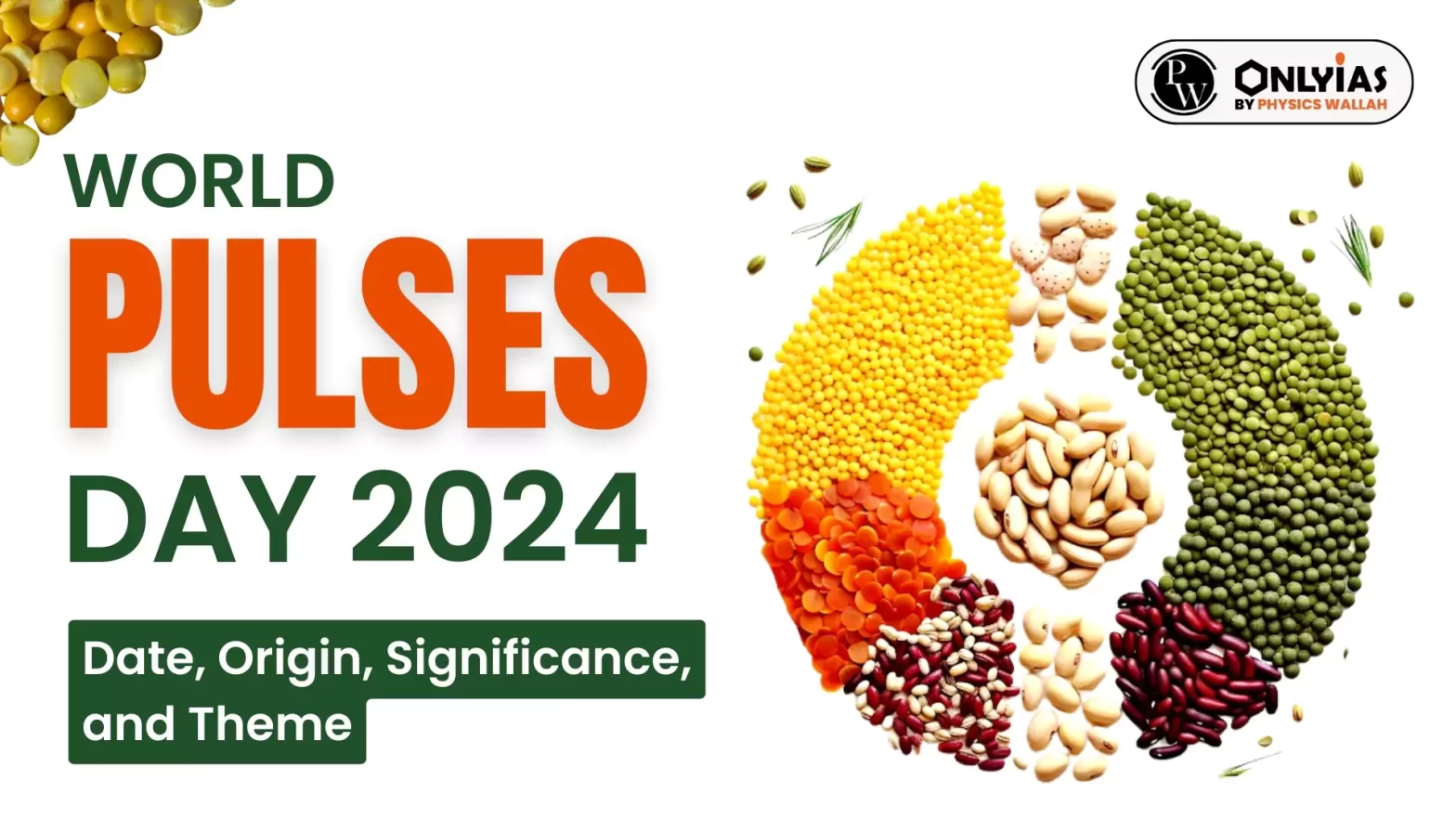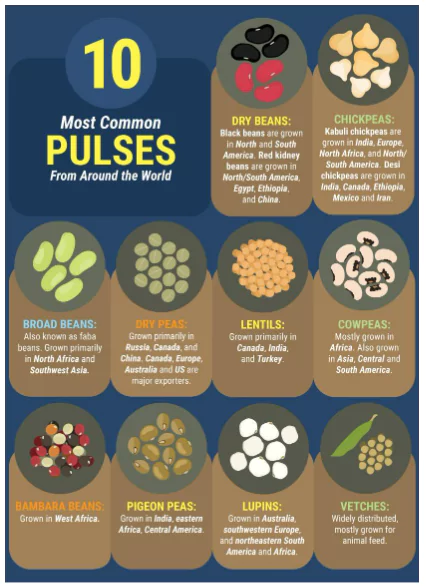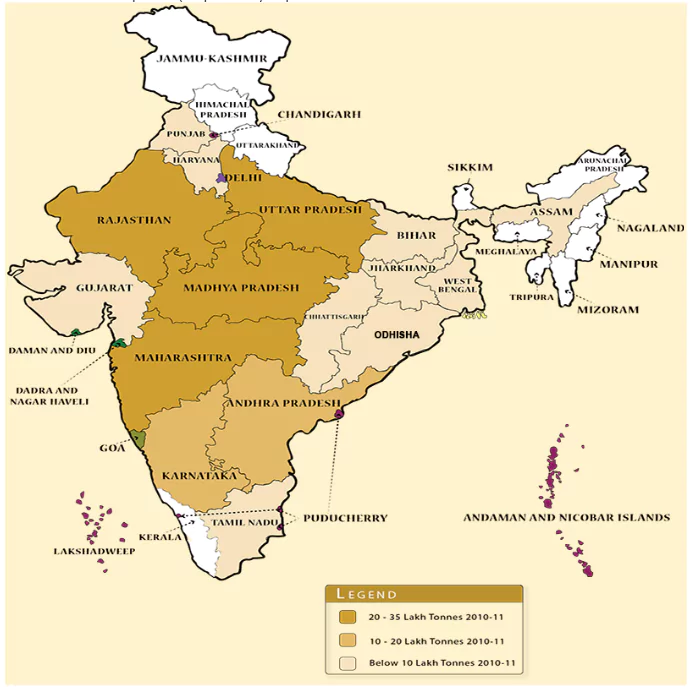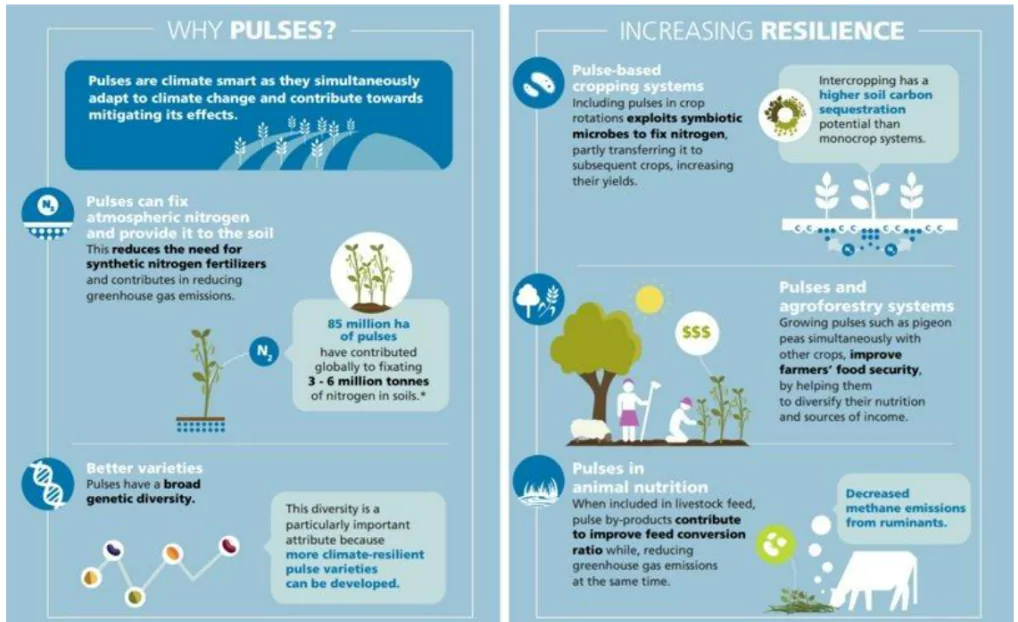
On February 10th we celebrate the World Pulses Day 2024, whose theme is nourishing soils and people.


Map: Major Pulses Producing States In India (Source: GoI)

| Must Read | |
| NCERT Notes For UPSC | UPSC Daily Current Affairs |
| UPSC Blogs | UPSC Daily Editorials |
| Daily Current Affairs Quiz | Daily Main Answer Writing |
| UPSC Mains Previous Year Papers | UPSC Test Series 2024 |

<div class="new-fform">
</div>